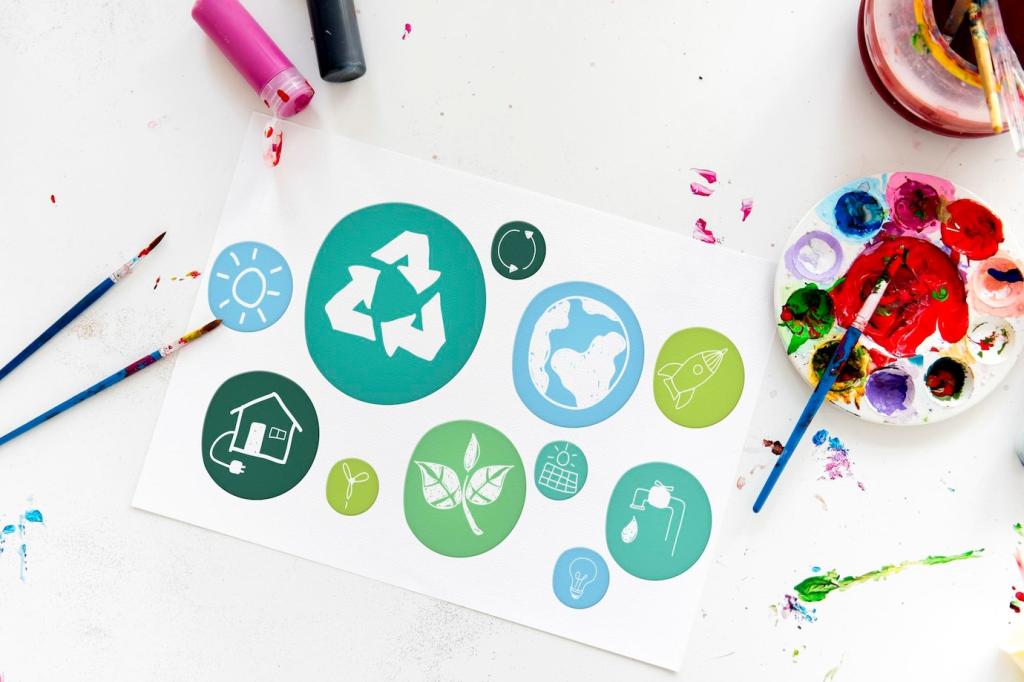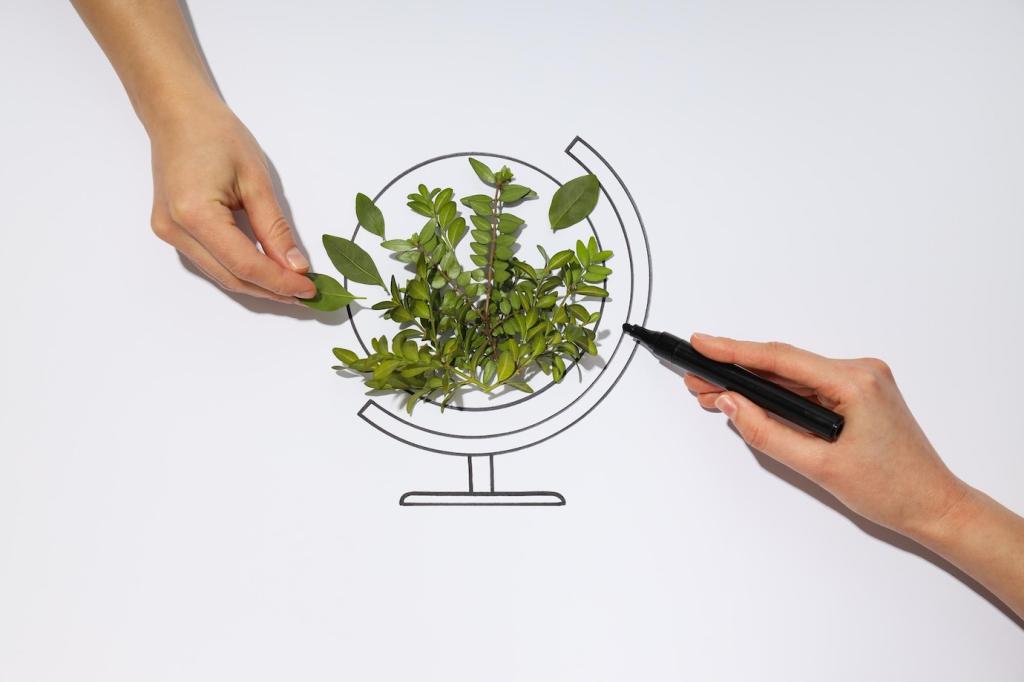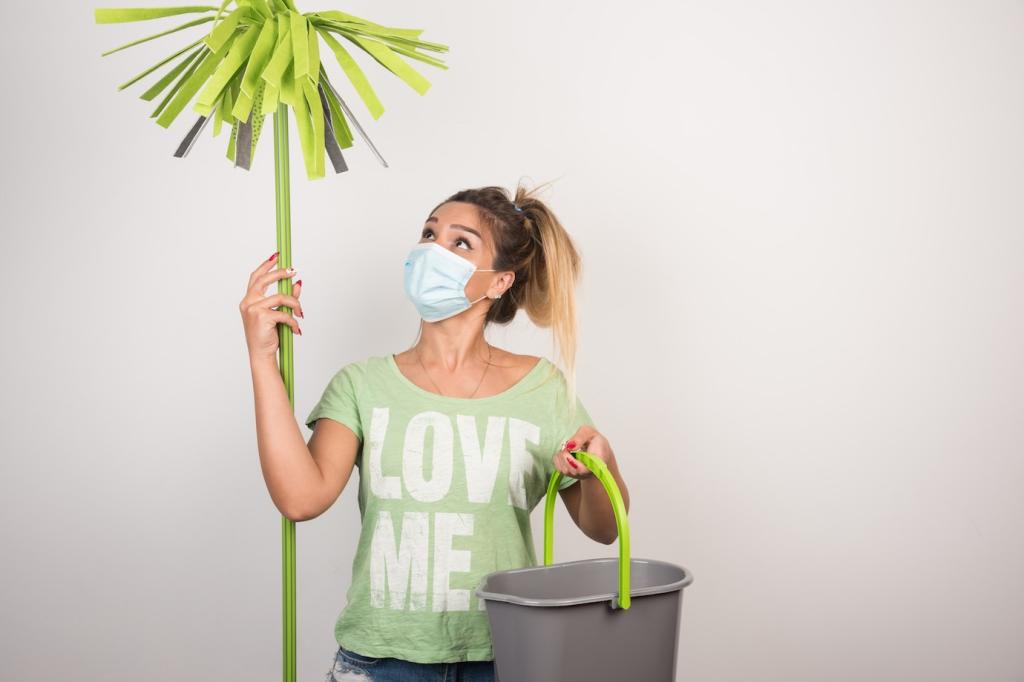Eco-Conscious Leather Care Methods: Keep What You Love, Waste Less
Chosen theme: Eco-Conscious Leather Care Methods. Welcome to a kinder way of caring for leather—where every gentle clean, mindful repair, and plant-based polish extends a story, not just a lifespan. Subscribe for seasonal routines, low-waste recipes, and community challenges that make sustainable care second nature.
Why Eco-Conscious Leather Care Matters
Longevity Shrinks Your Footprint
Extending the life of a leather bag or jacket by just one or two years can significantly reduce environmental impact by avoiding resource-intensive replacements. Thoughtful cleaning and conditioning transform maintenance into climate action you can feel.
A Balanced View: Leather and Alternatives
Not all materials are equal. Some vegan substitutes shed microplastics or crack quickly, while responsibly tanned leather can last decades. Care choices matter—gentle products and repair traditions turn durability into sustainability, not just durability into delay.
Make a Care Pledge
Choose one piece you love and commit to a simple routine this month: clean, condition, and store it right. Share your pledge and photo with our community, and inspire others to value what they already own.

Plant-Based Conditioning That Works
Jojoba closely mimics natural sebum and resists rancidity. A light balm using jojoba oil and candelilla or carnauba wax nourishes fibers and adds a gentle shield. Apply sparingly, let absorb, and buff for a satin glow.
Plant-Based Conditioning That Works
Over-conditioning clogs pores and darkens finishes. Start with a rice-grain amount, spread thinly, and allow at least twenty minutes before assessing. If the surface feels supple, stop there and celebrate restraint as a sustainable strategy.
Drying, Storage, and Mold Prevention
Air, Shade, Patience
If leather gets wet, dab—don’t rub—then let it dry at room temperature away from sunlight and radiators. Heat can crack finishes and warp shape. Shape with tissue, not newspaper, and let time do the gentle work.
Breathable Storage Wins
Use cotton or linen dust bags and avoid sealed plastic. Add cedar blocks or an open paper sachet of baking soda nearby to temper humidity. Rotate pieces seasonally so air circulates and your favorites never hibernate too long.
Mold Triage, the Eco Way
Lightly wipe affected areas with a 1:1 mix of distilled water and white vinegar, applied on a cloth—not directly. Dry thoroughly, then recondition. Share your before-and-after stories to help others tackle mildew without harsh chemicals.
Repair, Restore, Rewear
For shallow scuffs, massage a tiny amount of color-matched, plant-wax balm and buff patiently. Earth pigments in micro doses can blend marks subtly. Avoid heavy paint layers; transparency keeps character while softening distractions.
Repair, Restore, Rewear
Loose threads and popped seams are invitations to repair, not landfill. A local cobbler or leatherworker can restitch with durable thread, often while you wait. Ask about repairable designs when buying, and support circular craftsmanship.



Smart Buying and Certifications
Look for Leather Working Group–rated tanneries, vegetable-tanned options, and traceability details. Ask about spare parts, stitch density, and finish type. Items built for repair reward eco-care with decades of dependable wear.
